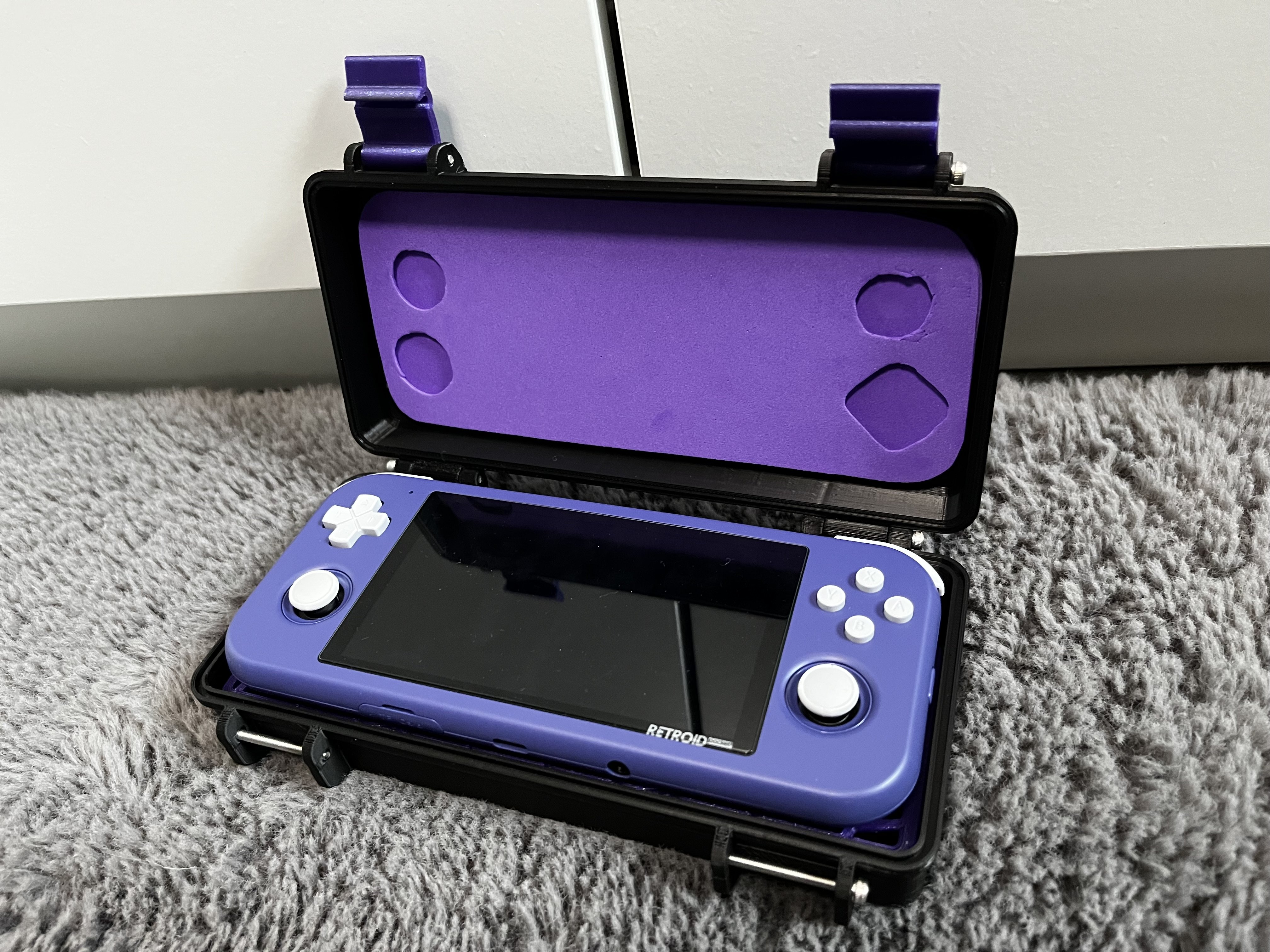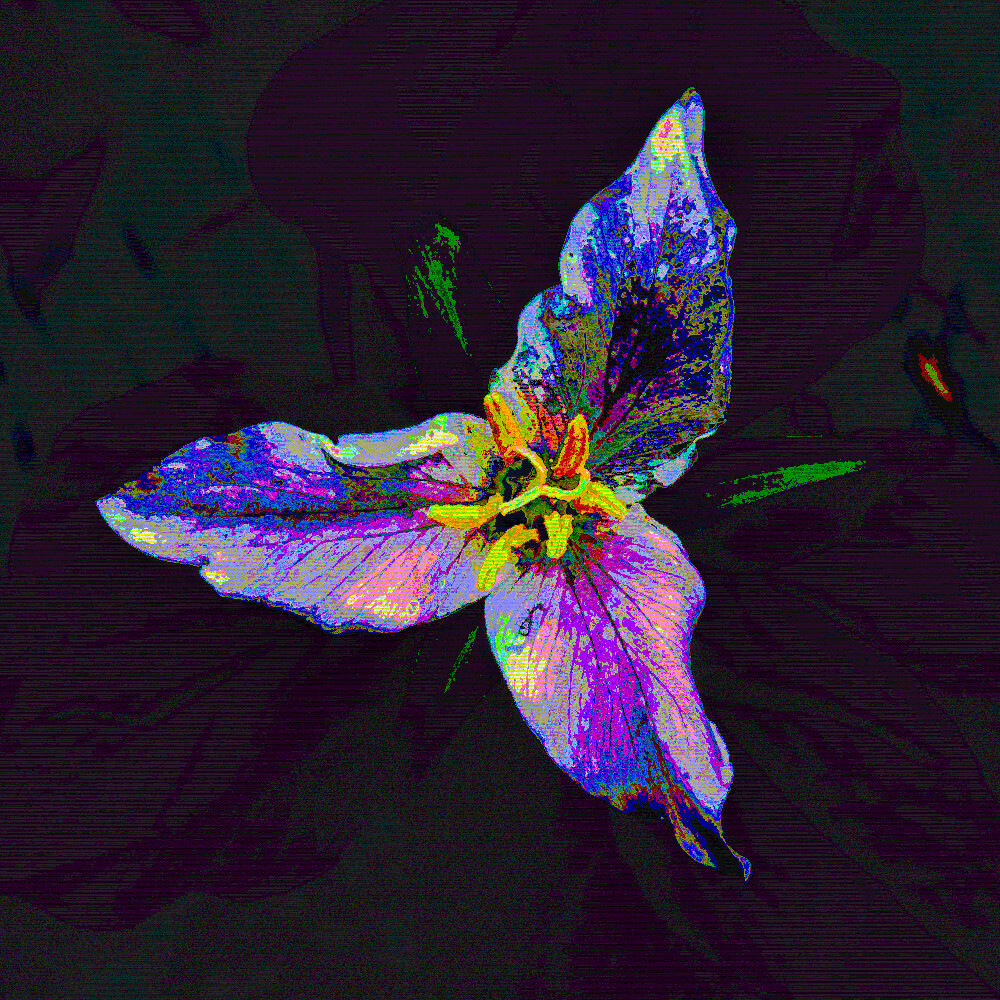Hey, apologies if this is a duplicate post - my search foo is pretty bad nowadays I think :< - but I wanted to ask how others clean PEI sheets?
I see a lot of rather conflicting information, in particular whether to use cleaning alcohol or not on it. I intuitively understand Acetone is a no-no, but what about just alcohol? Does that also damage/roughen the surface of the smooth side?
Should I use window cleaner on the smooth side?
Just dishwashing soap to be on the very safe side?
Or is there some specialized PEI cleaner?
I use 99% isopropyl alcohol for regular wipe downs before printing, and soap and water for the occasional “why the hell isn’t stuff sticking” cleanings.
I print on clean glass so it might be different. For some reason 99% isopropyl alc is not good for me, nothing sticks to the bed. 60% pharmacy alcohol is perfect, just quick wipe and im set. Didnt remove glass from printer for few years.
IPA for quick wipe-downs. Dish soap and water with a nylon scrub brush for occasional more thorough cleaning. I wipe with IPA after doing dish soap to ensure there’s no soap residue left.
Definitely no acetone.
I got a new PEI bed -> everything perfect
Cleaned it with alcoholic cleaner -> nothing sticks anymore
My research has told me to use only mild soap if any as every cleaner could contain something that harms the coating of the PEI sheet. Should have searched on this topic before cleaning… had to buy a new bed.
Edit: I have to correct myself. I now used 70% IPA a few times on my textured PEI bed, let it sit for a minute and then gave it a good scrub with a microfiber cloth. Since I do that before every print and let it heat up 10 minutes to make sure it’s completely dry I don’t have any adhesion problems anymore.
Warm water and dawn dish soap. Clean it every few months
I usually clean it with soap and water that has so far kept it clean and prints stick to it well.
Acetone is fine.
This is actually one of my pet peeves. Acetone is far from the “universal plastic solvent” that it has as a reputation…
Ultem, aka pei actually does great with acetone: https://www.astisensor.com/ultem.pdf.
I use acetone pretty regularly on my sheets and I haven’t noticed any bad effects. Usually it is best to use soap and water, acetone and isopropyl alcohol. If things won’t stick, do all three (in that order).
Windex actually works pretty well but I follow that up with some IPA just to remove any residue. IPA itself isn’t a great degreaser (apparently it just kinda smears things around), but it’s decent for surface maintenance.
I follow what prusa recommends, warm soapy water and a light scrubbing every so often. I actually haven’t done much to my satin sheet in months beyond IPA between prints, in my experience you’re pretty much the biggest source of oil that can be on your print surface so also practice not touching the surface as much as possible.
Check your paper towels as well, some brands have oils or softeners in them that undo all your cleaning. Also you probably should wear gloves with 99% IPA, it’s really rough on your skin and you probably should be careful with the vapours too
From what I’ve read, some people use Windex to intentionally reduce adhesion, primarily when printing PETG on glass to reduce the risk of it fusing with the bed. Never had to do it myself, but supposedly it leaves a film on the surface. Is this anything you’ve noticed?
It does totally leave residue so I wipe down with IPA, but it does a better job specifically with fingerprints than IPA (at least in my experience). Ultimately best cleaner has been dish soap and water, I have a spray bottle mixed up that I keep around for cleaning, just needs to be rinsed and dry which I found an IPA wipe down after the soapy water spray does a decent enough job. These are all things I do when I don’t want to take the entire sheet to a sink and do a scrub.
Sounds good. I think a potential problem with IPA is that it dissolves the fat and then leaves it on the bed as it evaporates, so it’s not the ideal bed cleaner.
We’ve got six printers at work and when the sheets wear out I use a fine steel wool and scrub them with acetone. It resurfaces them and gets a bit more use out of them before they need replacement.
Used both smooth and textured (stopped using smooth once i started using textured) and i just wipe it with IPA sometimes and if its really filthy i wash it with water and dishsoap. Never needed to “rejuvenate” them or whatnot and i print PLA and PET. The smooth one had hundreds upon hundreds prints in the middle of it and besides a little “ghosting” from last few prints it looks and works like new.
Acetone might be fine but having a spray bottle of ipa is much more useful than a bottle of acetone.
I don’t have firsthand experience with PEI I print on glass so grain of salt and all that.
Mt friend uses IPA for the occasional wipe downs and soap and water for more thorough cleanings when needed.
But he told me to be sure that the IPA you use has it’s listed impurities and that they’re only water. Some leave oily residue due to additives and that will cause a headache of stuff not sticking.
Also be sure not to touch the print service with bare hands after cleaning because of the oils on your skin could cause issues as well. This one especially applies to glass beds.
We both use just your standard Ajax dish soap and a soft sponge that’s only used on the print bed. Cross contamination is bad m’kay.
Happy printing and good luck 👍
Windex actually works pretty well but I follow that up with some IPA just to remove any residue. IPA itself isn’t a great degreaser (apparently it just kinda smears things around), but it’s decent for surface maintenance.
I follow what prusa recommends, warm soapy water and a light scrubbing every so often. I actually haven’t done much to my satin sheet in months beyond IPA between prints, in my experience you’re pretty much the biggest source of oil that can be on your print surface so also practice not touching the surface as much as possible.
Check your paper towels as well, some brands have oils or softeners in them that undo all your cleaning
deleted by creator







